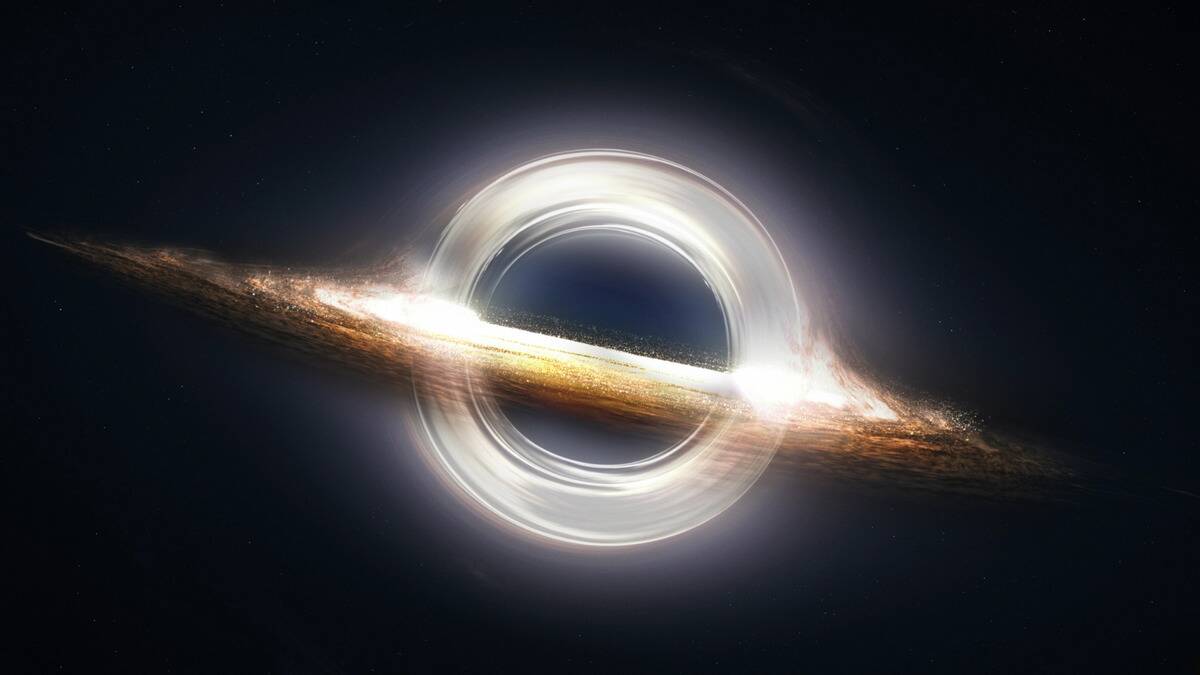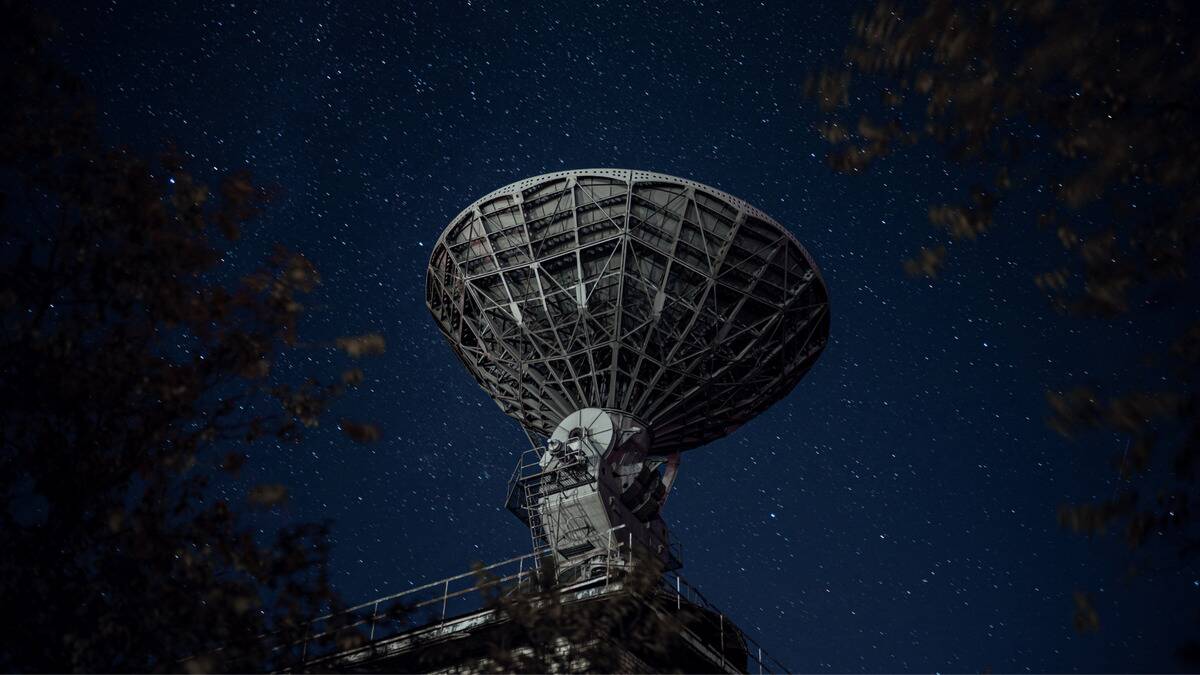12-Billion-Year-Old Water Reservoir Found Feeding Massive Black Hole, Universe’s Largest
In our never-ending quest to search for sights of wonder in our universe, researchers sometimes stumble across some truly baffling yet fascinating finds, including things we might never have thought possible within our own galaxy.
Things like the strange, massive, strikingly situated body of water astronomers found floating billions of light years away from our home, an echo of the past as well as a look into the future.
Distant Swimming

Two astronomy teams have discovered the universe's largest water reservoir, and it's not the oceans on our own planet Earth. It's actually floating around on its own throughout space.
Members of the two astronomy teams that discovered this free-floating body of water believe it to be 140 trillion times larger than all of the water in Earth's oceans combined. They also believe it to be about 12 billion years old.
The Far Reaches

This body of water surrounds an extremely large feeding black hole known as a quasar. Don't worry, though; this black hole is over 12 billion light years away from us, making it the furthest source of water we've discovered so far in our universe, so there's no need to fret about an impending watery vortex.
Matt Bradford, a scientist at NASA's Jet Propulsion Laboratory in Pasadena, California, believes this discovery proves that water can be found just about anywhere in the universe, it's a constant.
Everywhere We Look

"The environment around this quasar is unique in that it's producing this huge mass of water," he explained. "It's another demonstration that water is pervasive throughout the universe, even at the very earliest times."
Quasars are considered massive celestial objects, ones that produce unimaginably large amounts of energy. As gas and space dust fall into this black hole, it emits electromagnetic radiation that spans the entire electromagnetic spectrum.
Unimaginably Powerful

Scientists have studied quasars before, namely one called APM 08279+5255, which is a black hole that's over 20 billion times bigger than the sun. That means it produces as much energy as a thousand trillion suns. They're no joke, and this quasar is no exception.
While searching, this new quasar gave off several spectral signatures of water. Upon exploration, researchers were happy to find water vapor, which led to the discovery of the actual body of water.
Let's Go Further

This is the first time that astronomers have found water vapor, let alone water, in the early universe, as this section is believed to still be a snapshot of when our universe was only 1.6 billion years old (while our section of the universe is believed to be over 13 billion years old).
To continue researching these far reaches of the universe, astronomers are hoping to build a 25-meter telescope in the Atacama Desert in Chile, which will allow them to look even further and deeper into space than we've ever seen before.

To sign up for the Higher Perspectives weekly newsletter and get more articles delivered right to your inbox, click here.





